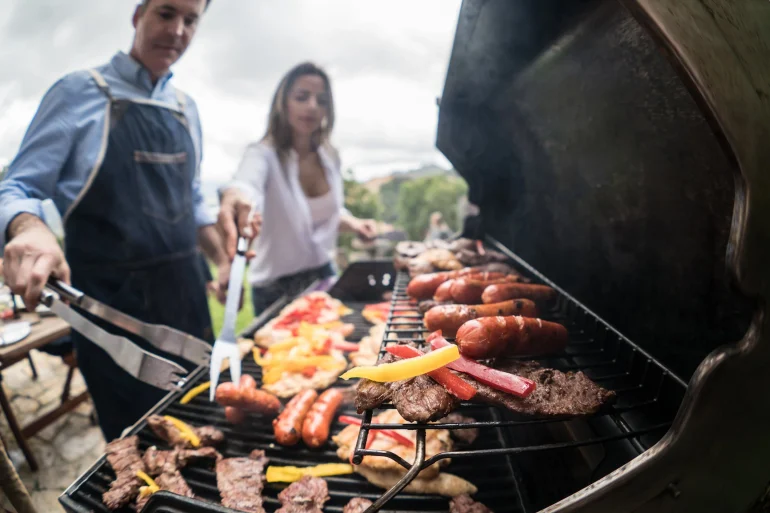Understanding the typical meals and times in Paraguay offers a fascinating glimpse into the country’s rich culinary traditions, and daily rhythms. Nestled in the heart of South America, Paraguay may be a small and often overlooked country by travellers, and even confused with its neighbour Uruguay, but it boasts a rich culinary heritage that reflects its vibrant culture and traditions.
From early morning mate to hearty late dinner nights, the Paraguayan food is a unique and special cuisine, shaped by indigenous roots, colonial influences, and local ingredients that come together to create a flavourful and meaningful part of daily life.
Whether it is the invigorating ritual of sipping mate in the early morning, or the lively social gatherings over a late lunch, mealtimes in Paraguay are as much about community and rhythm of life as they are about nourishment.
Starting the day: ‘Mate’ and the first meal
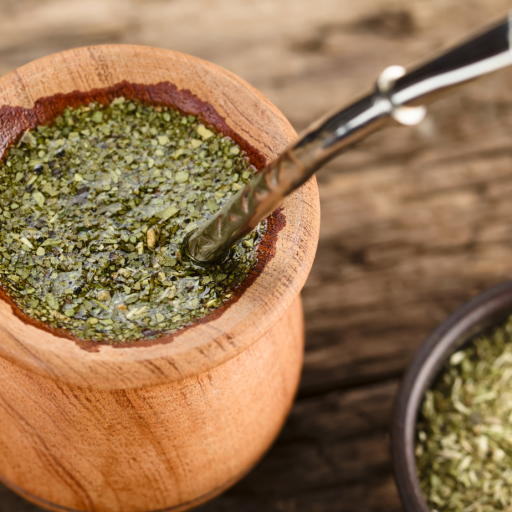
One of the most iconic morning meals in Paraguay, starts with mate, a traditional hot beverage made from the yerba mate leaf. The infusion is prepared in a guampa, a drinking vessel crafted from cow horn or metal, and sipped through a metallic straw called a bombilla. Consumed typically between 5 AM and 7 AM, mate is cherished not only for its energising qualities but also for its health benefits. It aids weight control, boosts concentration, improves digestion, and helps detoxify the body, making it a perfect natural kickstart to the day.
Breakfast, considered the first solid meal, breaks the overnight fast and provides the essential energy needed to start the day. Paraguayans usually eat between 7 AM and 9 AM, though those with tight schedules may have a quick bite on the go, or delay breakfast until arriving at work.
Traditional breakfast fare includes black cocido, a sweet yerba mate infusion similar to English tea but caramelised, or “teté”, a comforting mix of milk with coffee or cocido. Accompanying these drinks are baked goods such as mbejú (a type of cheese pancake), chipa (cheese bread), toasted bread with ham or cheese, and sometimes reviro, a simple fried corn dough popular in rural areas and among those doing physical labour.
Tereré rupa: The bed of tereré
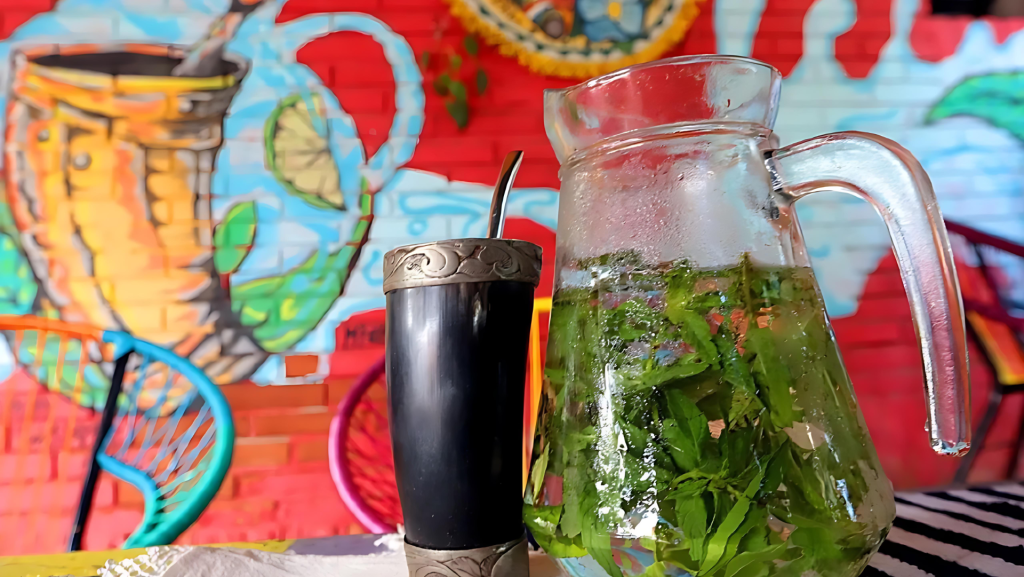
Around 9 AM, it is common to enjoy a light meal called Tereré rupa, which translates to “the bed of tereré.” Tereré is a cold variant of mate, served with chilled water instead of hot, making it particularly refreshing in Paraguay’s warm climate. The “bed” refers to the tradition of eating something before drinking tereré, as consuming it on an empty stomach may cause digestive discomfort.
Typical snacks include tortillas, empanadas filled with chicken or beef, boiled manioc, croquettes, chipa guasu (corn cake), and traditional Paraguayan soups. This mid-morning pause helps sustain energy until lunch.
Lunch: The main meal of the day
Lunch is often the day’s main meal, usually enjoyed between 12 PM and 1 PM. On Sundays, however, it can extend into a long, leisurely affair lasting until mid-afternoon, especially when families gather for traditional barbecues.
Paraguayan lunches are diverse, ranging from grilled beef, pork, and chicken to hearty soups such as vorí vorí, named as the best soup in the world by the culinary guide Taste Atlas (corn and cheese dumplings in broth), pastas, and empanadas from both local vendors and established eateries. This meal plays a crucial role in metabolism, replenishing nutrients and energising the body for the remainder of the day.
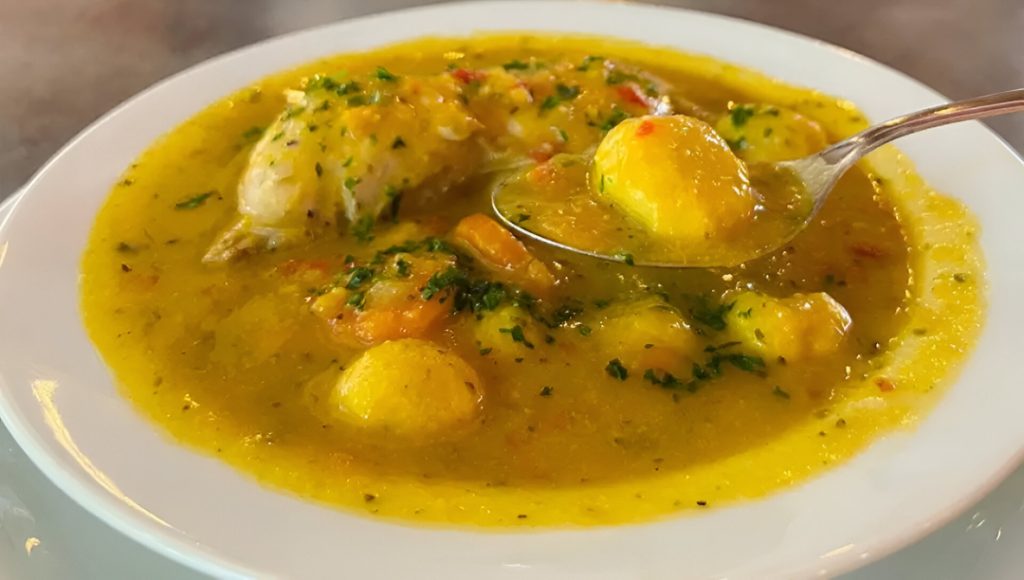
Dr. Ana Cecilia Santillán advises maintaining regular eating habits: “Skipping meals forces the body into energy-saving mode, slowing metabolism and often leading to overeating later, which can contribute to weight gain.”
Merienda: The afternoon break
Between 3 PM and 6 PM comes the merienda, an afternoon snack designed to stave off hunger and provide a gentle energy boost before dinner. This break is both practical and social, with friends often meeting in cafés or homes to enjoy this time together.
Merienda options mix sweet treats like alfajores, pastafrola (a guava jam tart), and pastries with savoury items such as sandwiches, toasts, and traditional mbejú. Hot beverages like cocido, coffee, or teté frequently accompany these snacks, depending on personal preference.
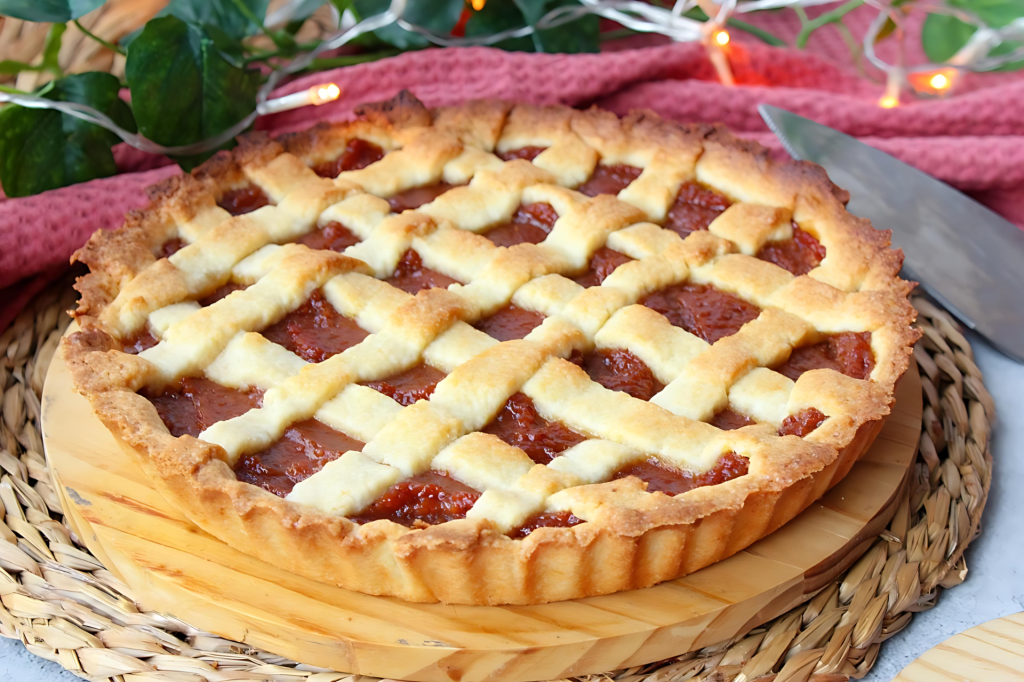
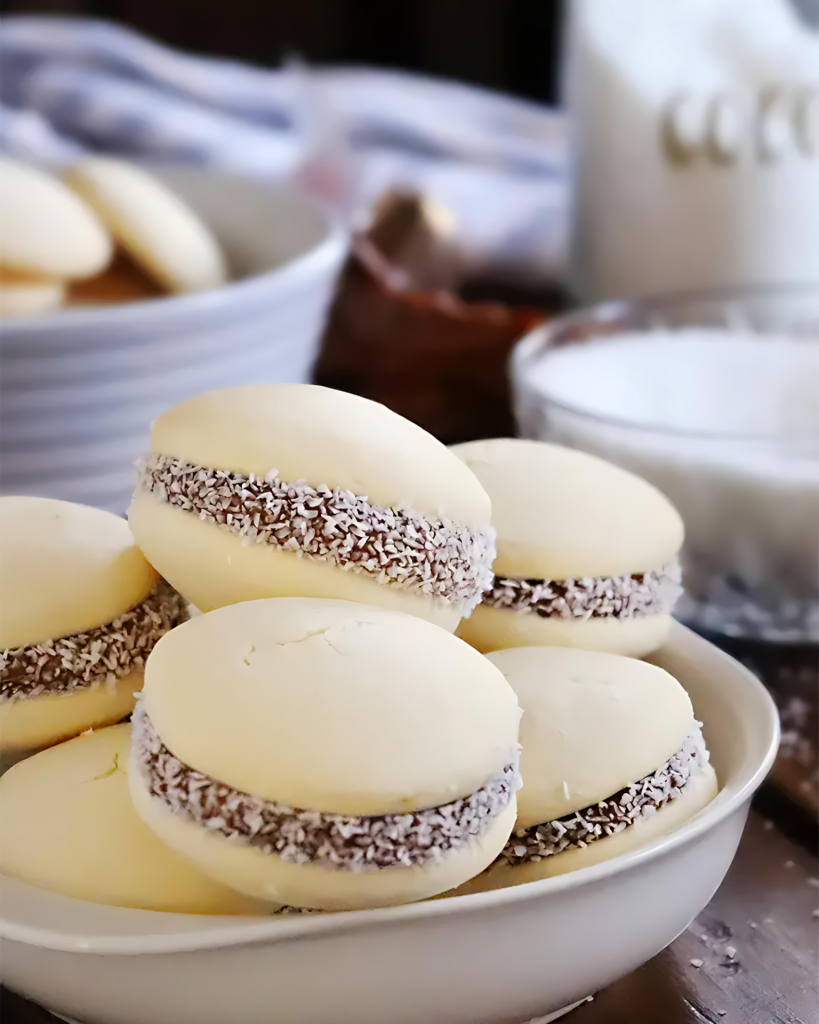
Dinner: The final meal to end the day
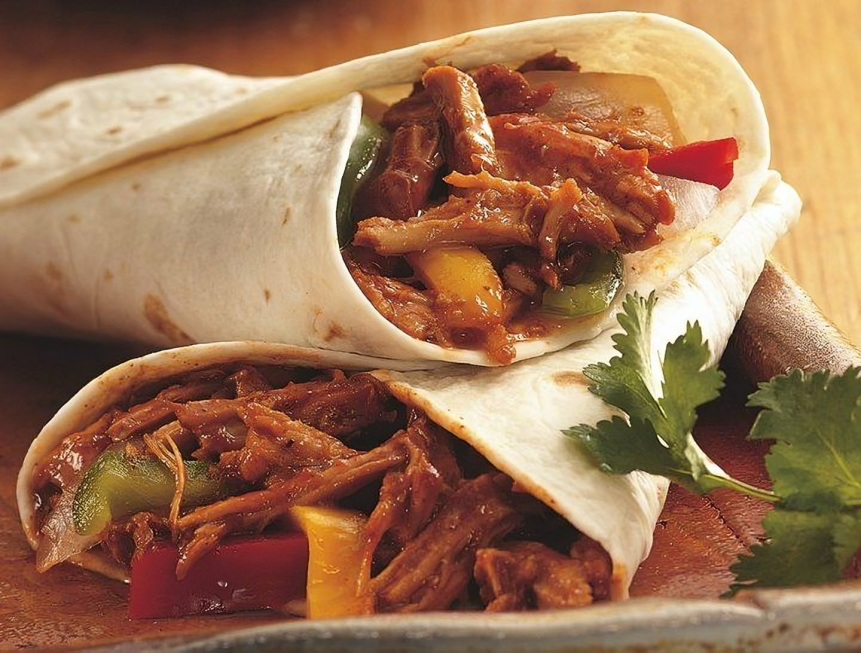
Dinner, usually between 8 PM and 10 PM or later, is lighter and more flexible than lunch but remains an important ritual. Typical choices include tortillas, sandwiches, empanadas, lomitos (steak sandwiches), fast food, and traditional dishes like mbejú or chipa.
Balancing dinner with the body’s natural rhythms can be tricky. According to functional doctor Carlos Jaramillo, eating too late may disrupt the circadian cycle, the body’s internal clock regulating hormones, temperature, digestion, and sleep. He recommends dining between 7 PM and 7:30 PM and allowing at least six hours before bedtime to aid digestion and promote restful sleep. He adds, “It is better to eat more during the day and fast at night to respect the body’s natural rhythms.”
Light, easy-to-digest options such as arepas, boiled or scrambled eggs with minimal salt, and wholemeal breads are ideal for this last meal.
Paraguay’s meal schedule reveals much about the country’s culture, a blend of tradition, community, and an appreciation for good food that nurtures both body and soul throughout the day.

